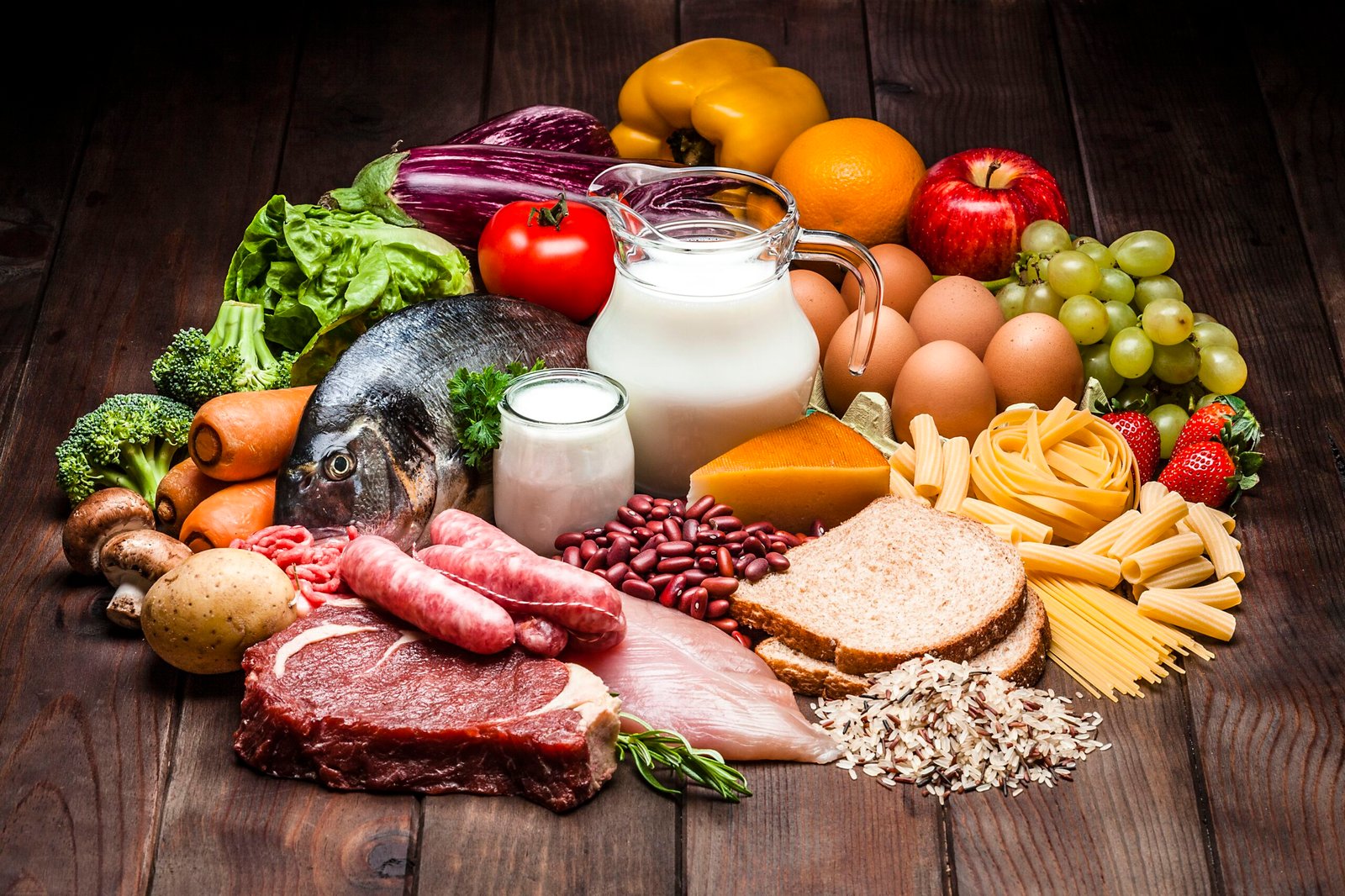Saturday, 22 November 2025

World food commodity prices inched higher in July, as gains in meat and vegetable oils outweighed declines in cereals, dairy, and sugar, according to the Food and Agriculture Organization of the United Nations (FAO). The FAO Food Price Index, a widely watched benchmark for global food markets, averaged 130.1 points in July 2025, up 1.6 per cent from June. Despite the uptick, prices remain 18.8 per cent below their March 2022 peak during the height of pandemic-driven disruptions and geopolitical tensions, though still 7.6 per cent higher year-on-year compared to July 2024.
The index, which tracks monthly changes in a basket of internationally traded food commodities, showed mixed performance across categories.
The FAO Cereal Price Index averaged 106.5 points, down 0.8 per cent from June. Declines in wheat and sorghum prices—supported by strong seasonal harvests in the Northern Hemisphere—outweighed modest gains in maize and barley. The All Rice Price Index fell 1.8 percent, reflecting ample export supply and muted import demand.
The FAO Vegetable Oil Price Index surged 7.1 per cent to 166.8 points, its highest level in three years. Palm oil led the rally on robust global demand and improved price competitiveness, while soy oil gained on expectations of firm biofuel demand across the Americas. Sunflower oil rose amid tightening Black Sea exports, though rapeseed oil weakened with fresh European crop arrivals.
The FAO Meat Price Index climbed 1.2 per cent to 127.3 points, setting a new all-time high. Strong import demand from China and the United States drove up bovine and ovine meat quotations, while poultry prices gained following Brazil’s restoration of avian influenza-free status. By contrast, pig meat prices fell due to ample global supplies and weaker demand in the European Union.
The FAO Dairy Price Index slipped 0.1 per cent to 155.3 points, its first decline in over a year. Butter and milk powder prices fell on abundant exportable supplies and sluggish Asian demand, though cheese prices bucked the trend, rising on robust demand from Asia and the Near East alongside tighter European export availability.
The FAO Sugar Price Index eased 0.2 per cent to 103.3 points, extending a five-month decline. Expectations of stronger global output in 2025/26, particularly from Brazil, India, and Thailand, pressured markets, though a recovery in global import activity tempered losses.